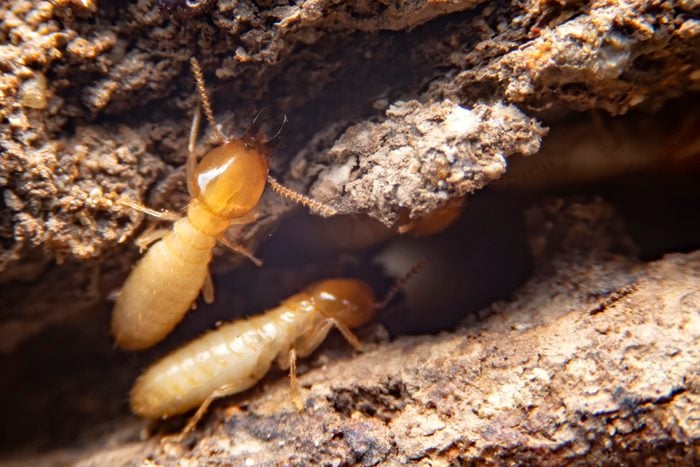
Termites
Termites are a particularly troublesome pest, because they can cause serious damage to your home, and are notoriously difficult to get rid of. If you notice any of these wood-chewing creatures, or signs of their activities, it’s important to deal with them immediately.
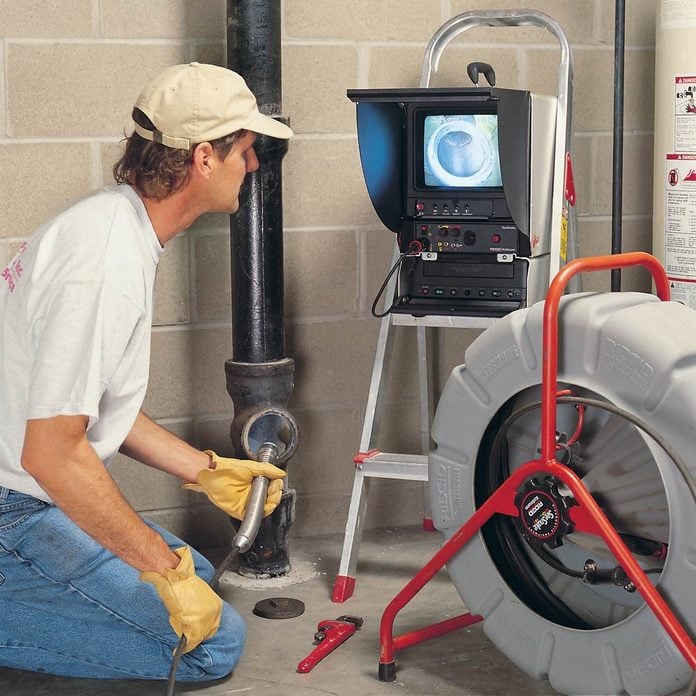
Sewer
A sewer scan is done by a company that specializes in this service. A technician accesses the main sewer cleanout hole in the basement and feeds a fiber-optic camera through the sewer line that runs from the house to the city sewer at the street. This sewer line belongs to the property owner and any problems with this sewer line are the financial responsibility of the owner. If there are problems with the sewer line that routine sewer cleaning won’t solve, the repairs will be expensive.
In my experience, most sewer scans on old house reveal tree roots finding their way into the sewer lines and slowing things down, but no major problems. It’s the situations where major problems occur that make it worth having a sewer scan done. Sewer scans typically cost less than $200, and are usually scheduled at the same time as the home inspection. — Reuben Saltzman, Structure Tech
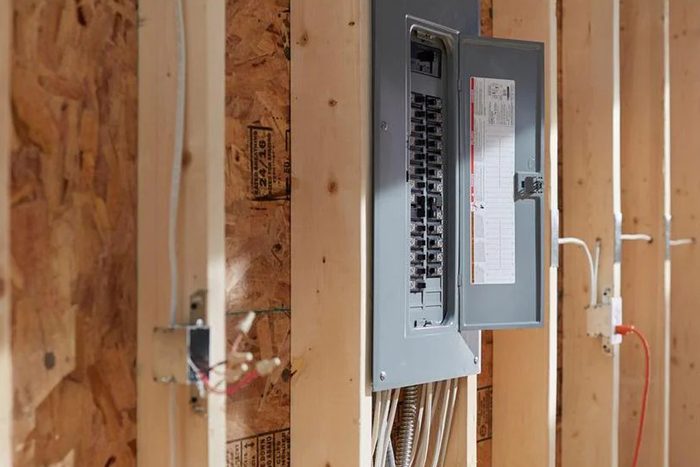
Electrical
Big electrical items like overloaded electrical panels, aluminum branch circuit wiring, unsafe knob and tube wiring, unprotected wires, open spliced wiring and any immediate hazards are frequently negotiated items.
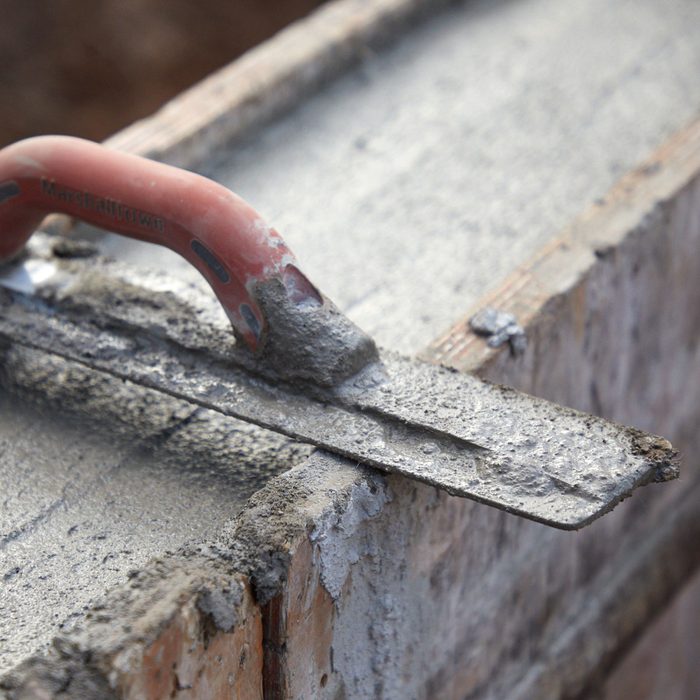
Foundation
Holes and cracks in your foundation can let moisture and water seep into your basement. Plugging them probably won’t solve basement leaks, but it’ll help. Hydraulic cement works great for patching holes in a foundation because it can set up even under water, and it expands as it sets to seal the hole and lock the plug in place. Use a cold chisel or an angle grinder fitted with a masonry-cutting disc or diamond blade to enlarge the hole or crack into an inverted “V,” with the narrow part of the “V” on the surface of the wall. Then follow the package instructions for mixing and using the hydraulic cement.
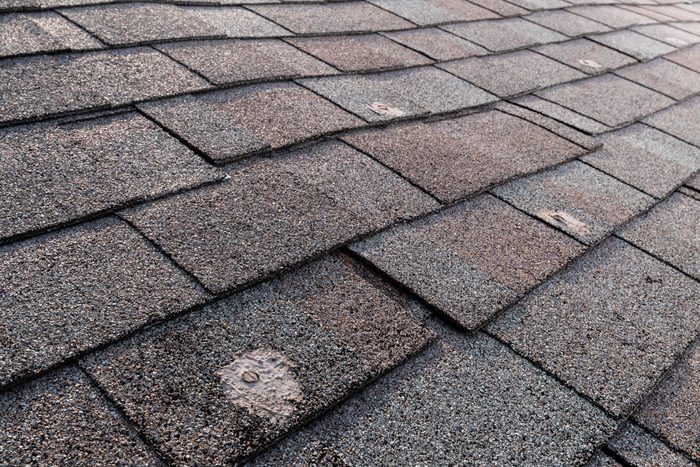
Roof
Tiny holes in shingles are sneaky because they can cause rot and other damage for years before you notice the obvious signs of a leak. You might find holes left over from satellite dish or antenna mounting brackets or just about anything. And exposed, misplaced roofing nails should be pulled and the holes patched. Small holes are simple to fix, but the fix isn’t to inject caulk in the hole. You’ll fix this one with flashing.
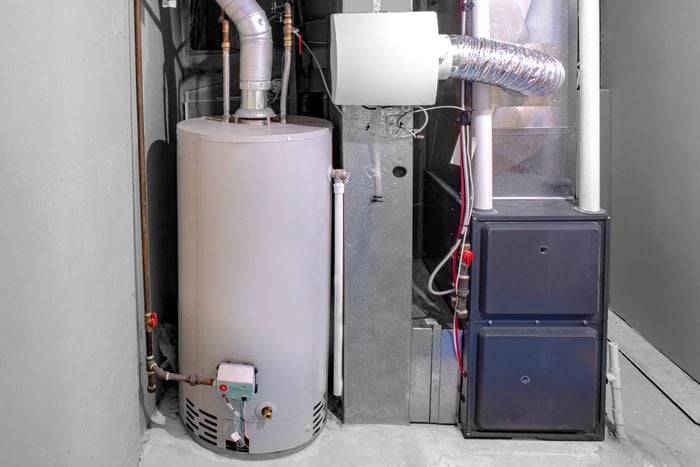
Furnace
Any furnace issues that make a home unsafe like combustion or venting problems are usually items that get negotiated for repair. But if it’s bad and the seller doesn’t want to fix it, it could potentially kill a sale.
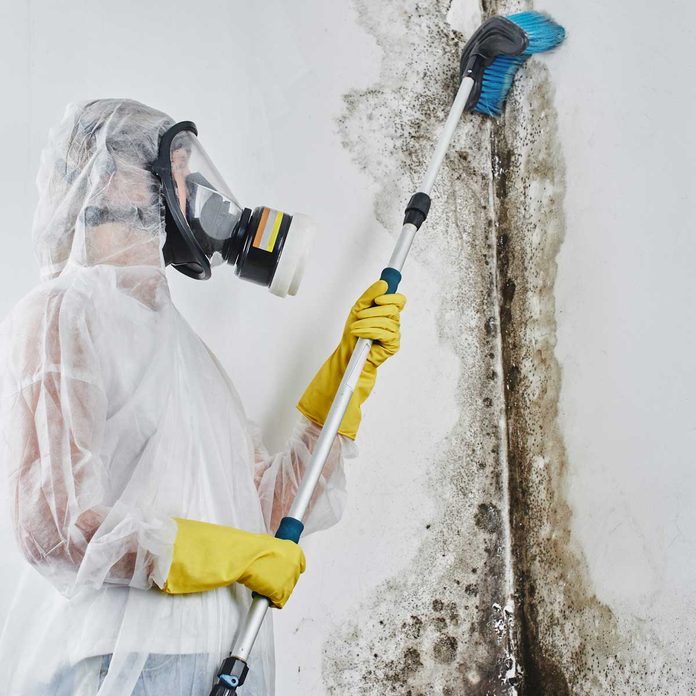
Mold
Mold is something that usually gives buyers cause for concern and sellers will typically acquiescence to the repair. There are liability issues for a home seller who sells a home where mold is discovered later so it behooves a home seller to nip the problem in the bud.
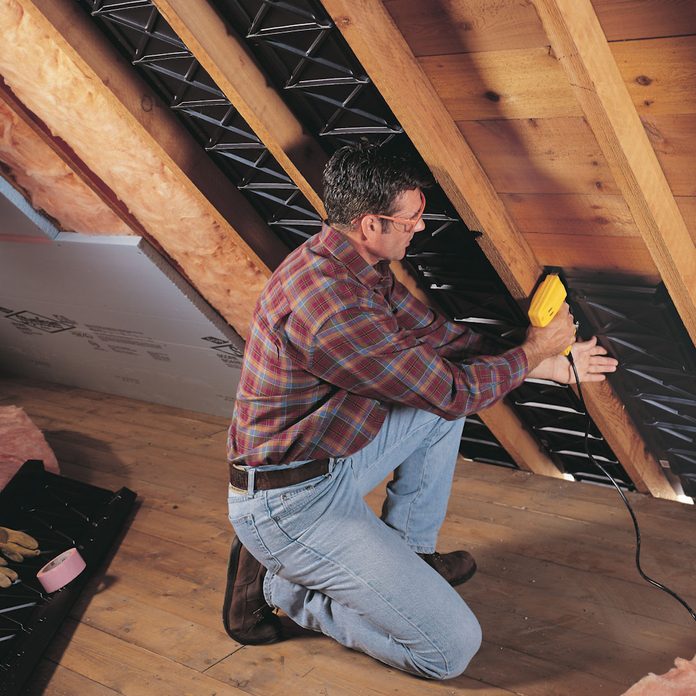
Frost in Attic
Thick ridges of ice on your eaves in winter are a sign of poor attic ventilation. Warm air that escapes rooms below gets trapped in the attic. Snow melts and the water refreezes on the cold eaves, creating ice dams.
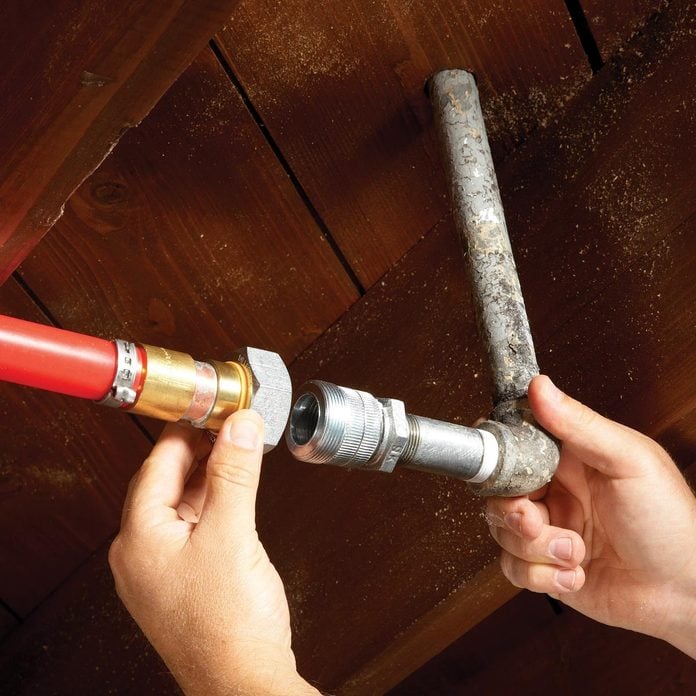
Water Line
Any kind of clog, leaking line or supply line issue is typically a negotiated repair. But if the plumbing issues start to mount, it could signal the end of a potential sale.
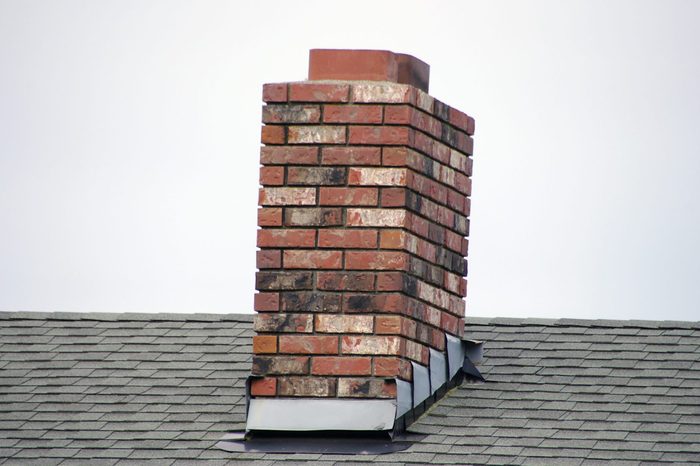
Chimney
A chimney in serious disrepair often gets negotiated during a home sale. It’s a site that can lead to a host of other potential problems.
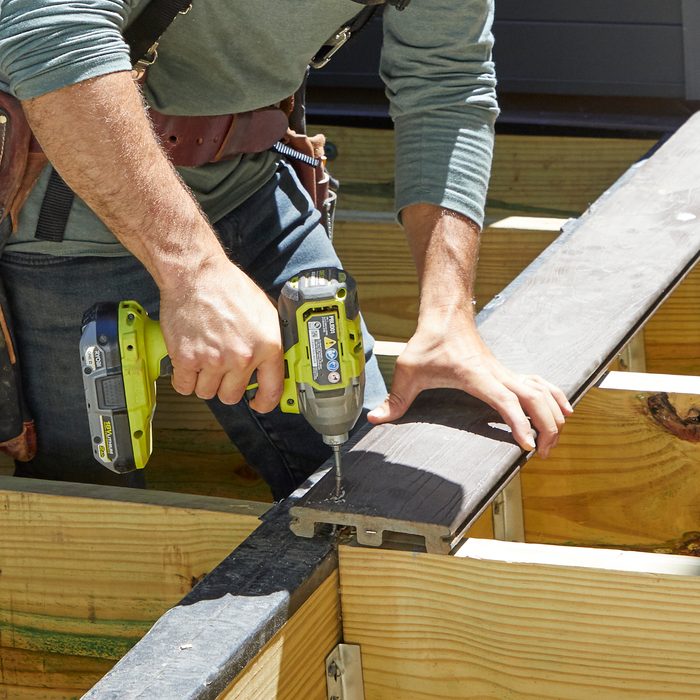
Unsafe Deck
Decks are a massive life safety issue in a house and if one is improperly built it can become a major headache when trying to sell.
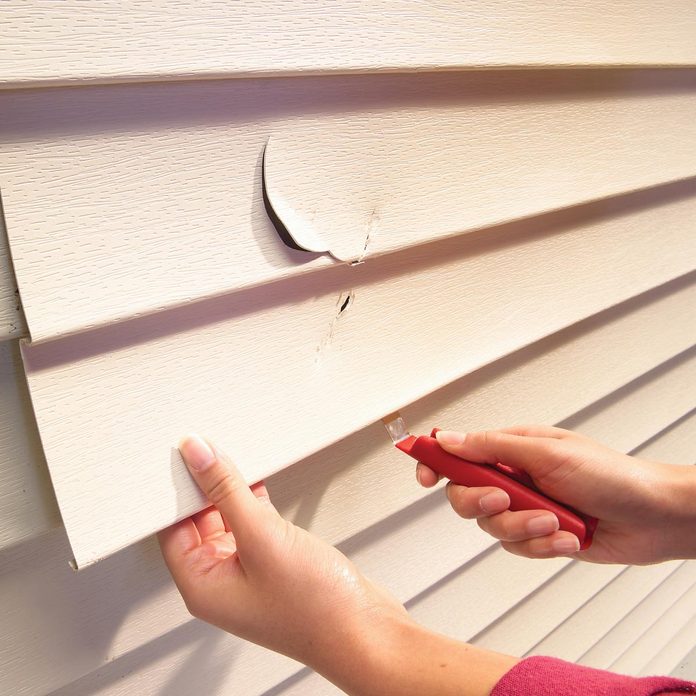
Siding
Any siding issue could come up in negotiations as a repair item because of the potential problems poor siding can lead to. Any holes in the siding expose your home to a host of moisture issues.

Galvanized Water Distribution Pipes
The water supply piping is what brings water from the street to the house. To identify the type of material, take a look at the water piping where it comes into the basement before the first shutoff valve, which should be located right before the water meter. If this water piping has a threaded fitting, it’s probably a galvanized supply pipe. This is always bad news. The other types of water supply pipes are copper, plastic and lead. Copper and plastic are good news, lead is not. — Reuben Saltzman, Structure Tech

Backdrafting Water Heater
Sometimes, the cause of backdrafting is obvious: A vent pipe may be disconnected from a vent hood, for example, or a vent may slope downward. But even a properly installed vent might occasionally backdraft because of high winds or other unusual circumstances. So the surest way to protect your family is to install carbon monoxide alarms. If you don’t have CO alarms in your house, go get them today.
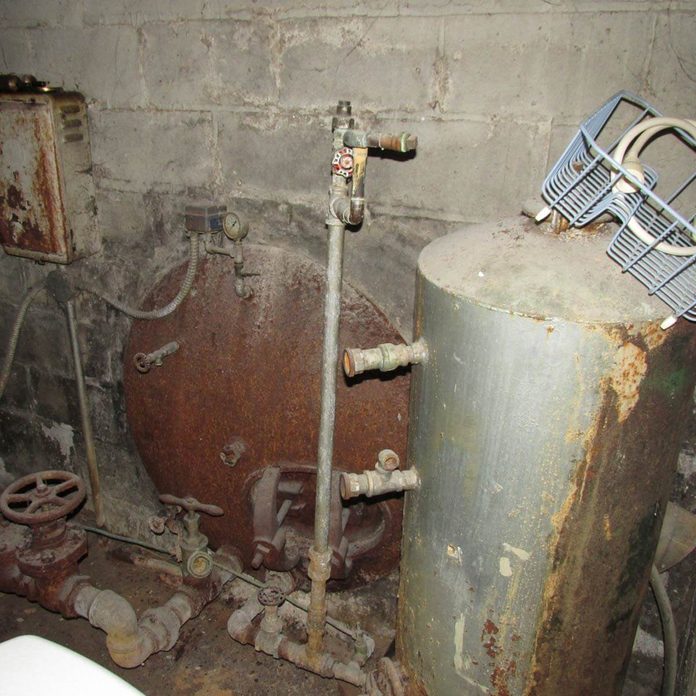
Leaking Boiler
Exhaust gas leakage is a problem because it could contain carbon monoxide, which can be deadly in high enough concentrations. Even if the exhaust gas leaking out of a boiler has a low level of carbon monoxide, this is still a potential safety hazard that needs repair. There is no acceptable amount of exhaust gas leakage.
The repair for leaking exhaust gas at a boiler is often to have the boiler replaced, which is an expensive repair. In some cases, the exhaust gas leakage can be repaired by a qualified heating contractor who specializes in boiler repairs, but this is usually an expensive repair. — Reuben Saltzman, Structure Tech

Cracked Heat Exchange at Furnace
So what’s a cracked heat exchanger all about and what’s the big deal? I wrote a blog post many years ago discussing that topic, and the gist of my blog post was the same as what’s stated on the COmyths website; a cracked heat exchanger probably isn’t as dangerous as many folks make it out to be, but the furnace (or heat exchanger) still needs replacement. Here’s the post: How Serious Is A Cracked Heat Exchanger? — Reuben Saltzman, Structure Tech
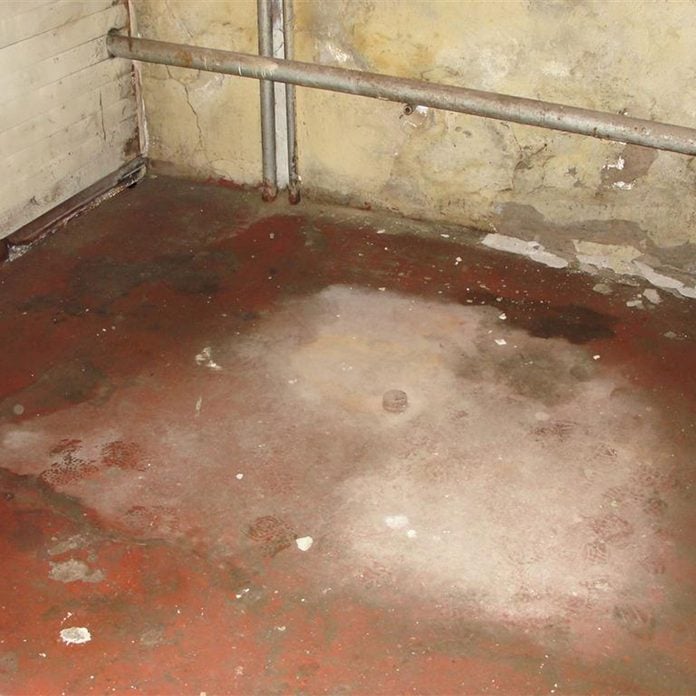
Buried Oil Tank in Basement
Oil tanks aren’t always easy to spot but this place had one once. It’s been filled in but the tank appears there still. That’s a huge environmental disaster waiting to happen. Make sure a home inspector spots the presence of an old fuel tank when going through the house—there are usually pipes sticking out from the house that will be a telltale sign.
Photo: Via Structure Tech
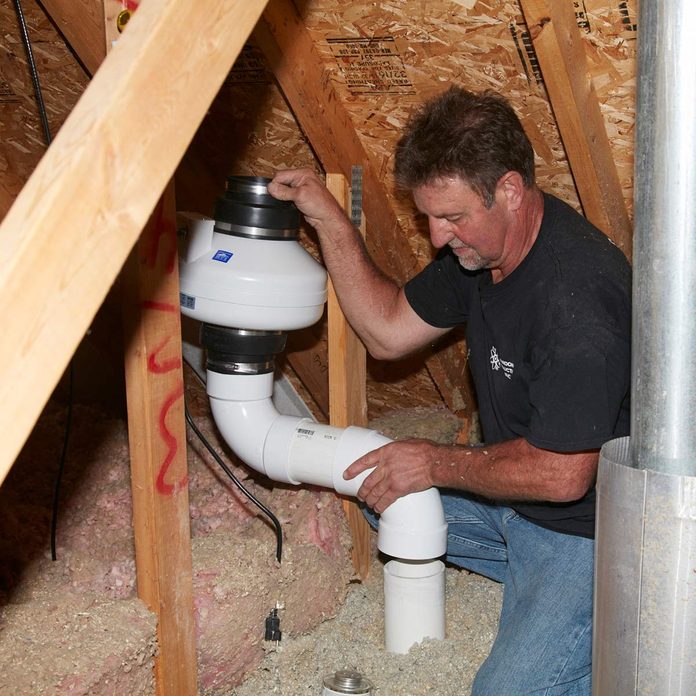
Radon
Radon gas is the number one cause of lung cancer among non-smokers, and the second leading cause of cancer in America. Radon testing is recommended by the EPA, the Surgeon General, the American Lung Association, and the Minnesota Department of Health. The area most at risk in a home is the lowest level that gets lived in.
When we conduct a radon test and the test results come up high, the buyer typically asks the seller to pay for or install a radon mitigation system. These systems are extremely effective at lowering radon levels, and they cost about $1,500 on average. If you buy a home and you decide not to test for radon as part of the home purchase, you can still test for radon after you own the home, but if a radon mitigation system needs to be installed, you won’t have the luxury of asking someone else to pay for it. Well, I suppose you could always ask … — Reuben Saltzman, Structure Tech
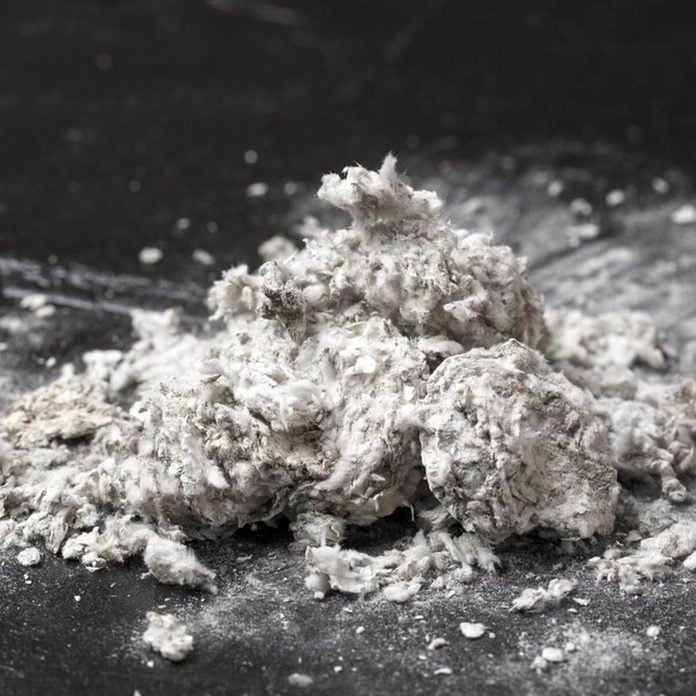
Asbestos
If you’re buying an old home, it’s probably safe to assume that you’re buying a home contains some products that have asbestos in them. In most cases, it’s not a big deal. Asbestos doesn’t do any harm as long as it remains intact and nobody breathes in the asbestos fibers. Follow the advice from the EPA and the CPSC: if asbestos-containing materials are in good shape, leave them alone. The one exception to this might be vermiculite insulation, simply because there is money available to help homeowners with the costs of vermiculite insulation removal, and because the asbestos fibers in vermiculite can be released into the air just by looking at them wrong. — Reuben Saltzman, Structure Tech

Water Damage Around Windows
If water is actually leaking in to the house around the opening for the window at the siding, this will typically show up as staining at the corners of the window sills. A home inspector could use a moisture meter to help determine if the stains are currently damp. — Reuben Saltzman, Structure Tech
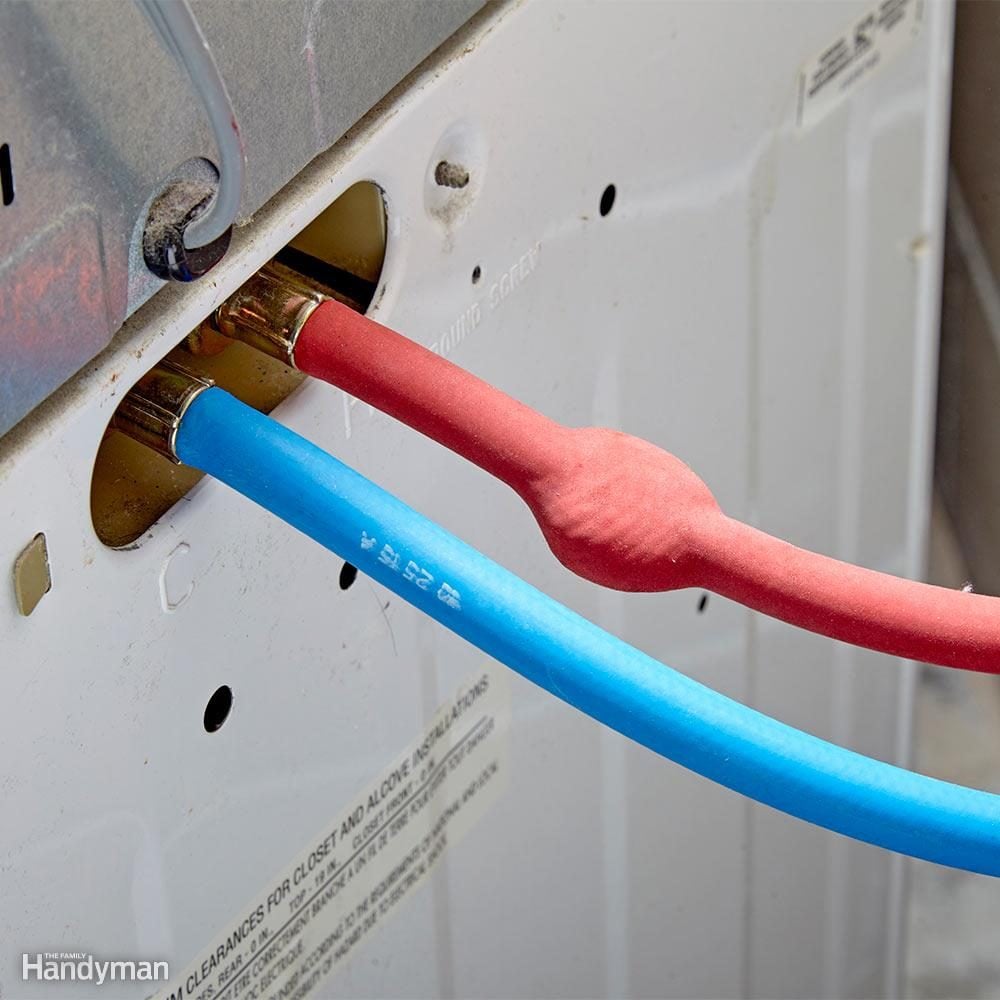
Bulge in Washing Machine Hose?
What it means: The hose is ready to burst.
A bulging washing machine hose is an emergency. It may burst next year, next week or right now. But it will fail and it won't just leak—it will gush. In just a few minutes, it can do thousands of dollars in damage.
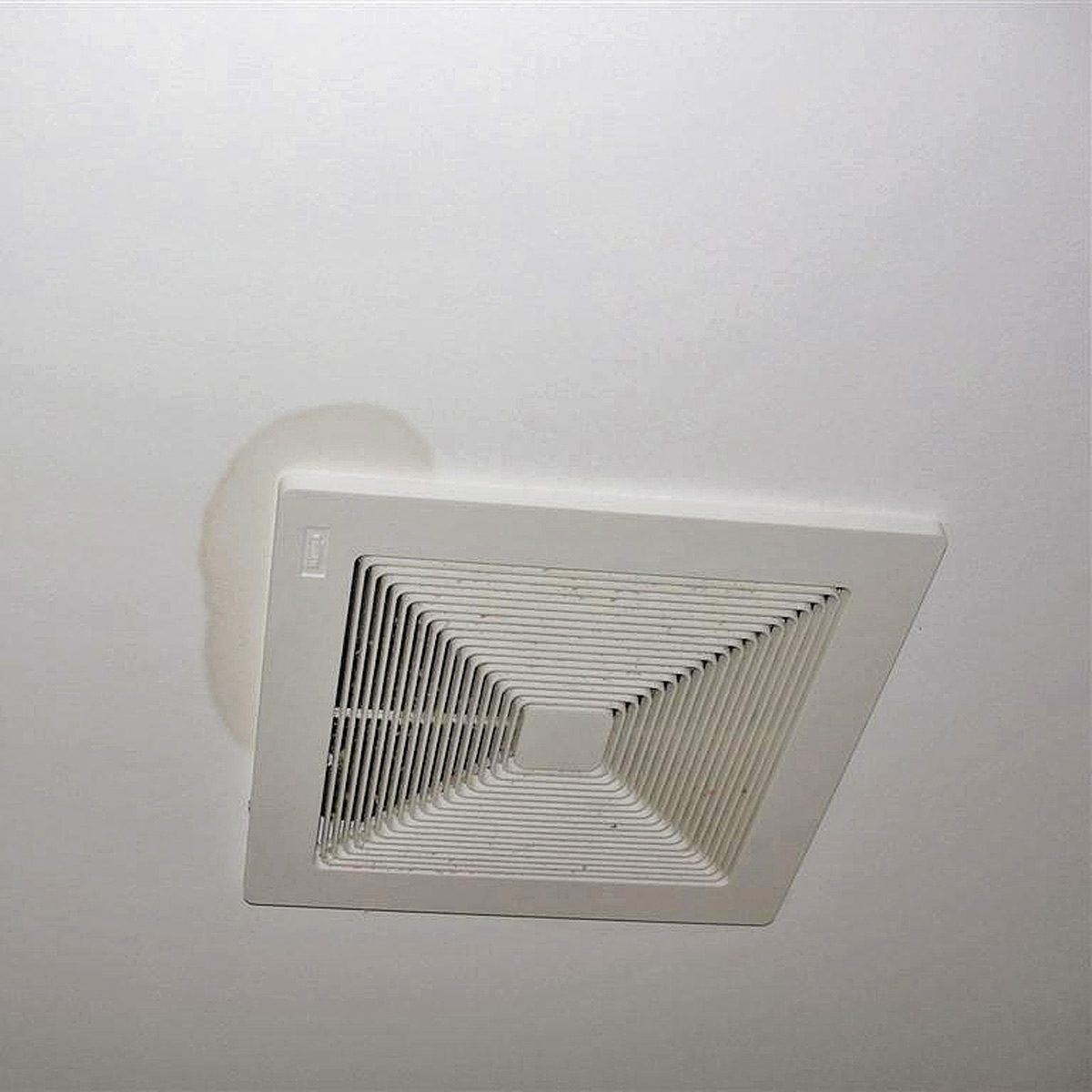
Stains Around a Bath Fan?
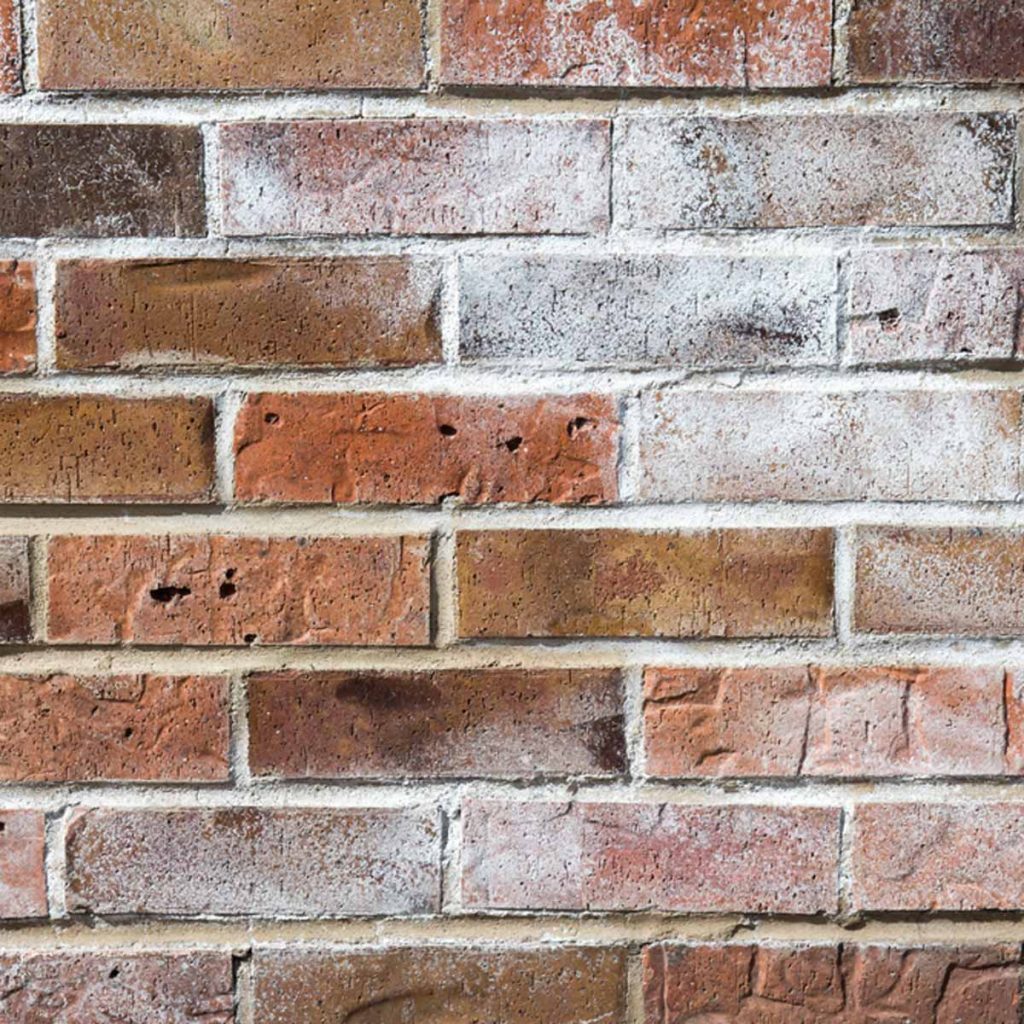
Efflorescence on Chimney Brick?
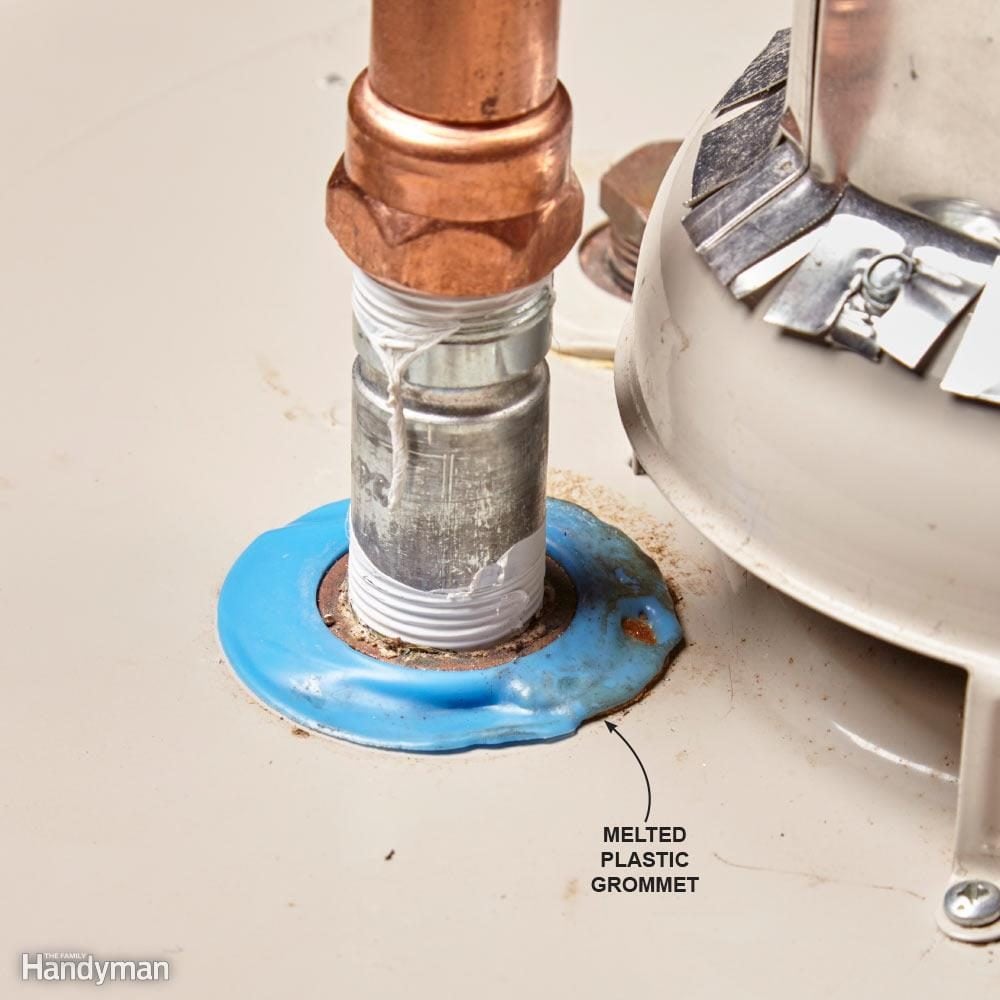
Melted Grommets on Water Heater?
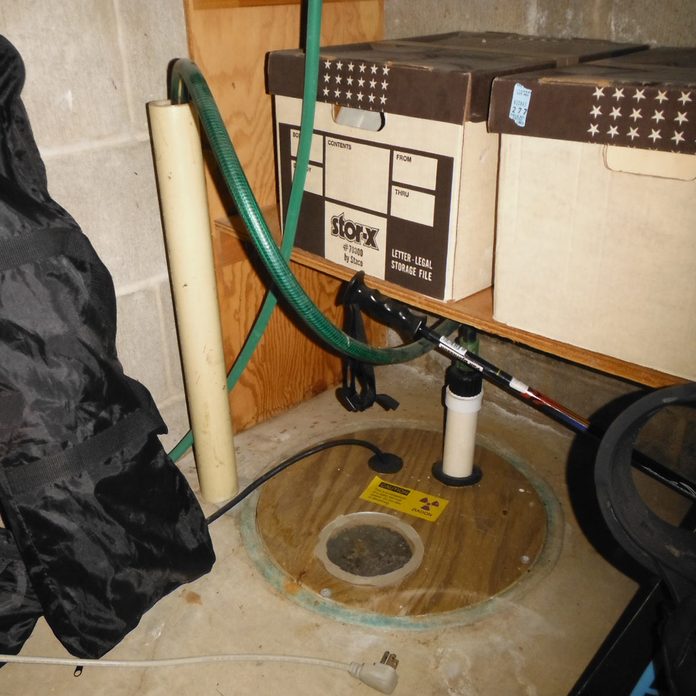
Sump Pump
Discharging a sump pump into the city’s sanitary sewer system is a big “no-no.” While this might seem like an easier and more attractive option than running a discharge tube from the sump pump to the exterior, it’s illegal in most cities here in Minnesota when the home is connected to the city sewer. (Make sure you’re on top of these 10 vital home maintenance tasks.)
One reason that cities don’t allow this is that during big storms their sewage treatment facilities can be overloaded. When this happens, either sewage backs up into people’s homes, or the sewage water only gets partially treated before being dumped in to local streams and rivers (yuck). The city of Golden Valley has a nice diagram of how this works at its website. They’re so serious about preventing this problem in Golden Valley that they require a sewer inspection before a property is even offered for sale.
The other reason that sump pumps shouldn’t discharge to the sanitary sewer is that municipal water departments bill homeowners for their sewer usage based on their water usage. When a sump pump discharges into the sanitary sewer, the city has no way of tracking and billing for this additional usage of the sewer. When a homeowner discharges their sump pump in to the sanitary sewer, they’re getting a service for free that everyone else has to pay for; it’s like tapping off electricity before the meter. — Reuben Saltzman, Structure Tech

Bath Fan Venting to Attic
Bathroom exhaust fans should vent to the outside—either through the roof or the side of the house—not into the attic. Stick your head into the attic to see how yours is vented. Venting the warm, moist air into the attic can cause rotting in the roof framing and sheathing, and may not properly rid the bathroom of moisture, leading to mold and mildew. Make sure you’re aware of other common building code violations.
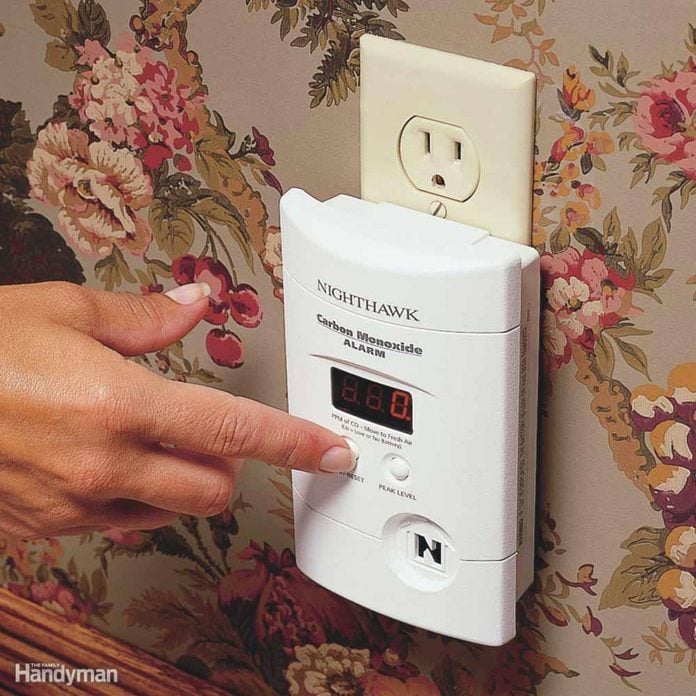
CO
Carbon monoxide is an odorless, colorless by-product of combustion. It’s found in the fumes from burning fuel in cars or trucks, small engines, stoves, lanterns, grills, fireplaces, gas ranges and furnaces. Symptoms of carbon monoxide poisoning are similar to the flu: headache, nausea, dizziness, vomiting, general confusion, etc. According to the CDC, carbon monoxide poisoning is a leading cause of death in the home and is especially dangerous for children, the elderly and individuals with respiratory or breathing problems. Here’s how and where to place a carbon monoxide detector.

A/C Without a Drain Pan in Attic
I came across a leaking unit a couple of weeks ago, and found moisture all throughout the first floor and basement ceilings.
When this type of setup occurs, there are four options for dealing with condensate. They’re not listed in this order in the mechanical code though; I re-arranged the order because I think it makes more sense to read it this way. Choose one of these four:
1. A drain pan with a separate drain — A separate drain pan can sit underneath the unit, and this drain pan needs to have its own separate drain line. This pan needs to be at least 1-1/2″ deep, and must be at least 3″ wider in every dimension than the condenser unit.
2. A drain pan with a shutoff device — A pan with the same dimensions as listed above can be installed without a secondary drain, provided there’s a shutoff device installed that meets UL 508. I don’t own that standard and I don’t know what it says, but I’ve seen plenty of these shutoff devices, and they’re pretty simple. They sit inside the drain pan or they’re mounted to the side of the drain pan. It’s that red device in the photo below. That particular one is called the Condensate Cop.
If water fills up the pan, a float shuts off the air conditioner. This type of device is quite simple and effective.
3. A shutoff device — A shutoff device for the air conditioner may be installed all by itself. If this is done, it needs to be installed “in the primary drain line, the overflow drain line, or in the equipment supplied drain pan.”
4. A separate overflow drain — A separate overflow drain line can be connected to the secondary drain opening that is built into the equipment, but if this is done, it needs to drain to a conspicuous location. It can’t just drain to a floor drain or to the outdoors. The purpose of this is to alert someone that water is coming out of some place that it shouldn’t, and there’s a problem. Ideally, someone would go check it out and clear the clog in the clog that’s causing condensate to leak to an unusual location. — Reuben Saltzman, Structure Tech
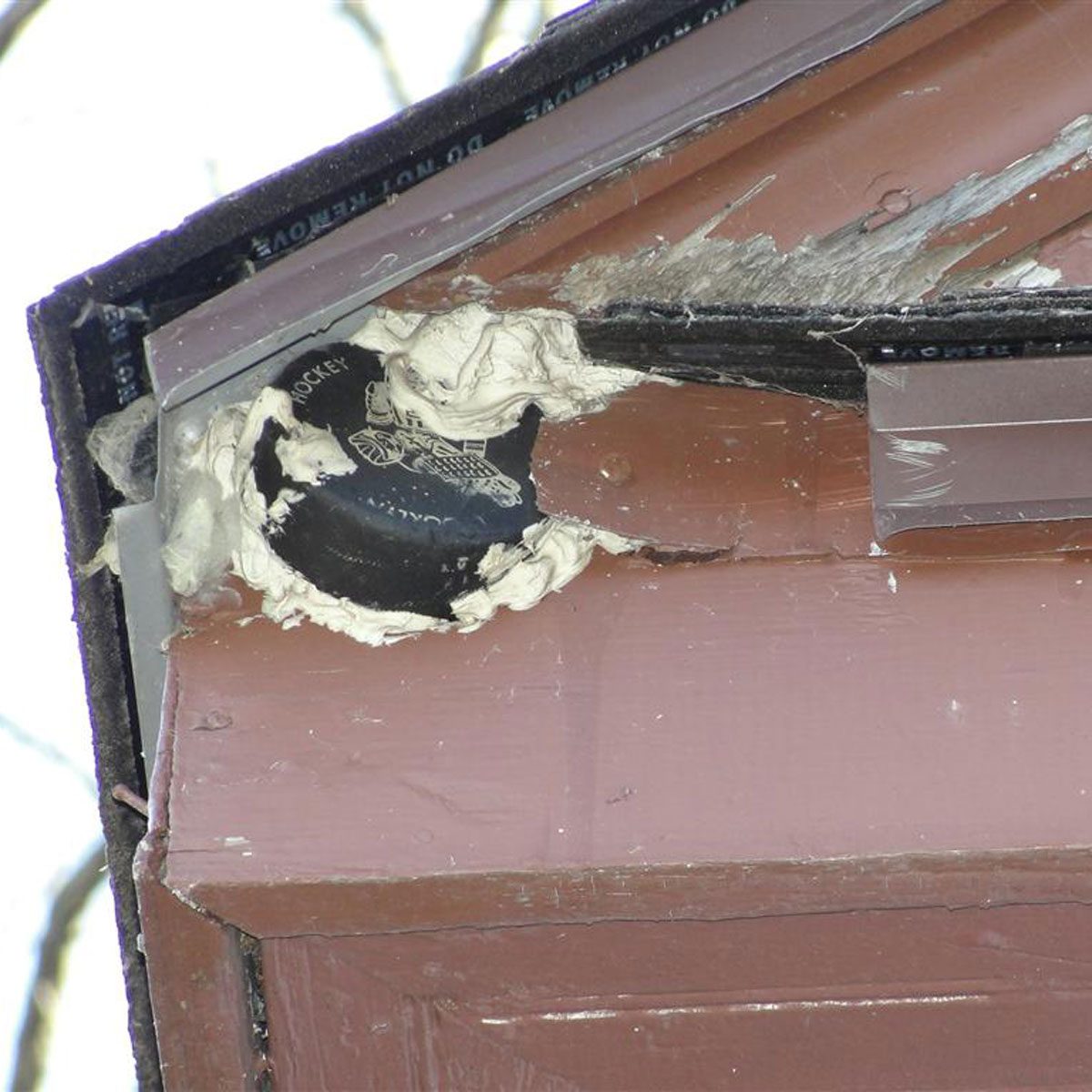
Wayne Gretzky's Boyhood Home
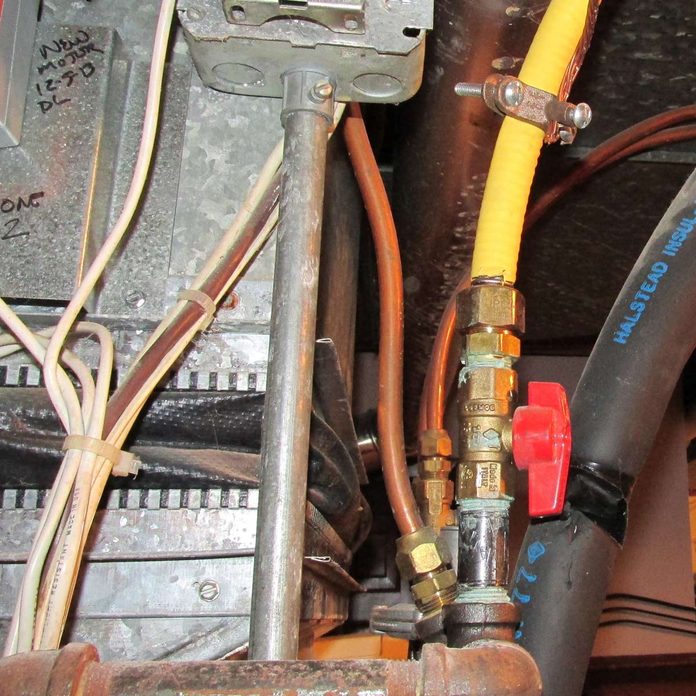
Proper Grounding—Not!
OK think about it. This guy grounded to a PLASTIC COATED gas line. Unless they changed the rules, plastic is a non-conductor. How many other electrical mistakes do you suppose you would find in this house?
Photo: Courtesy of Structure Tech
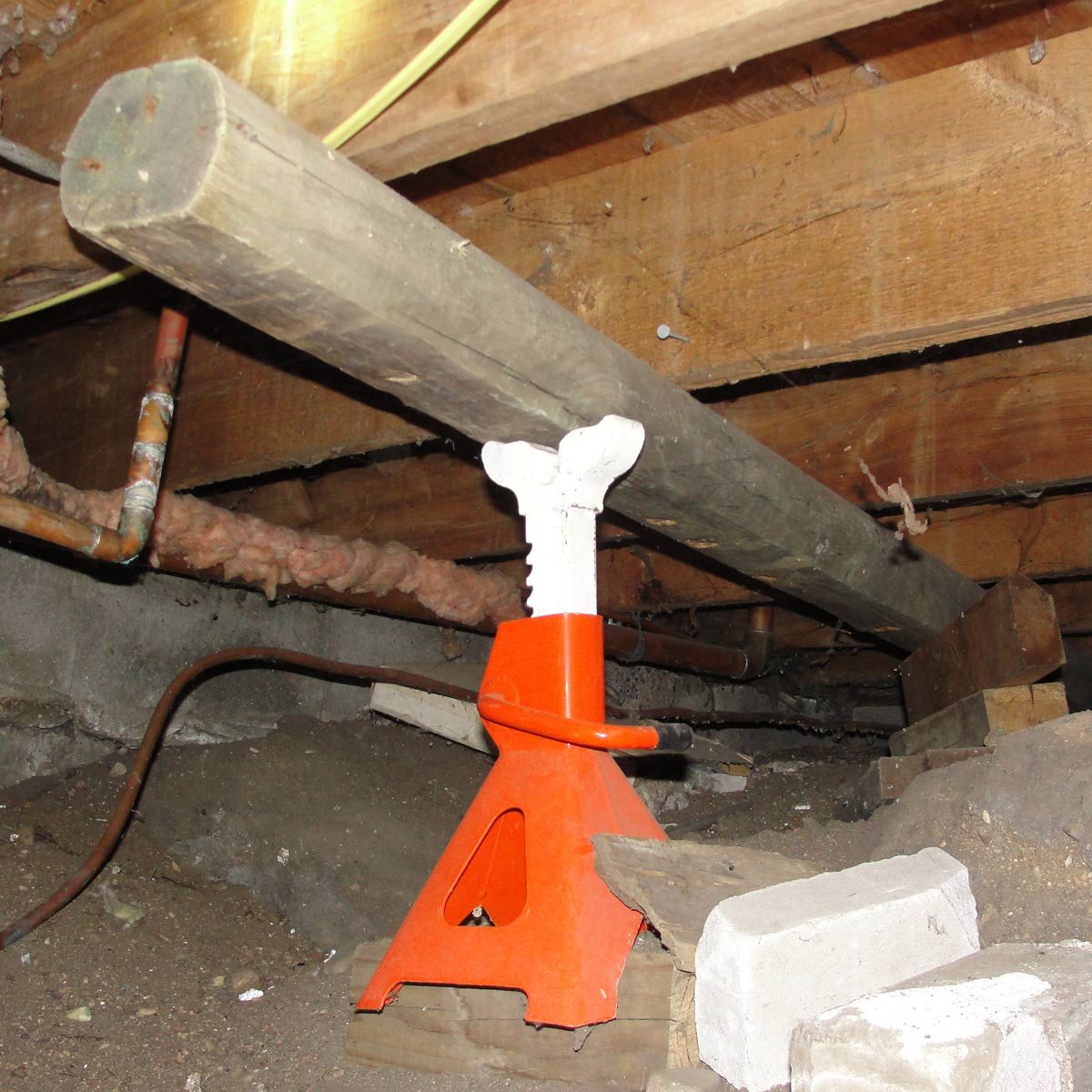
Jacked-Up House
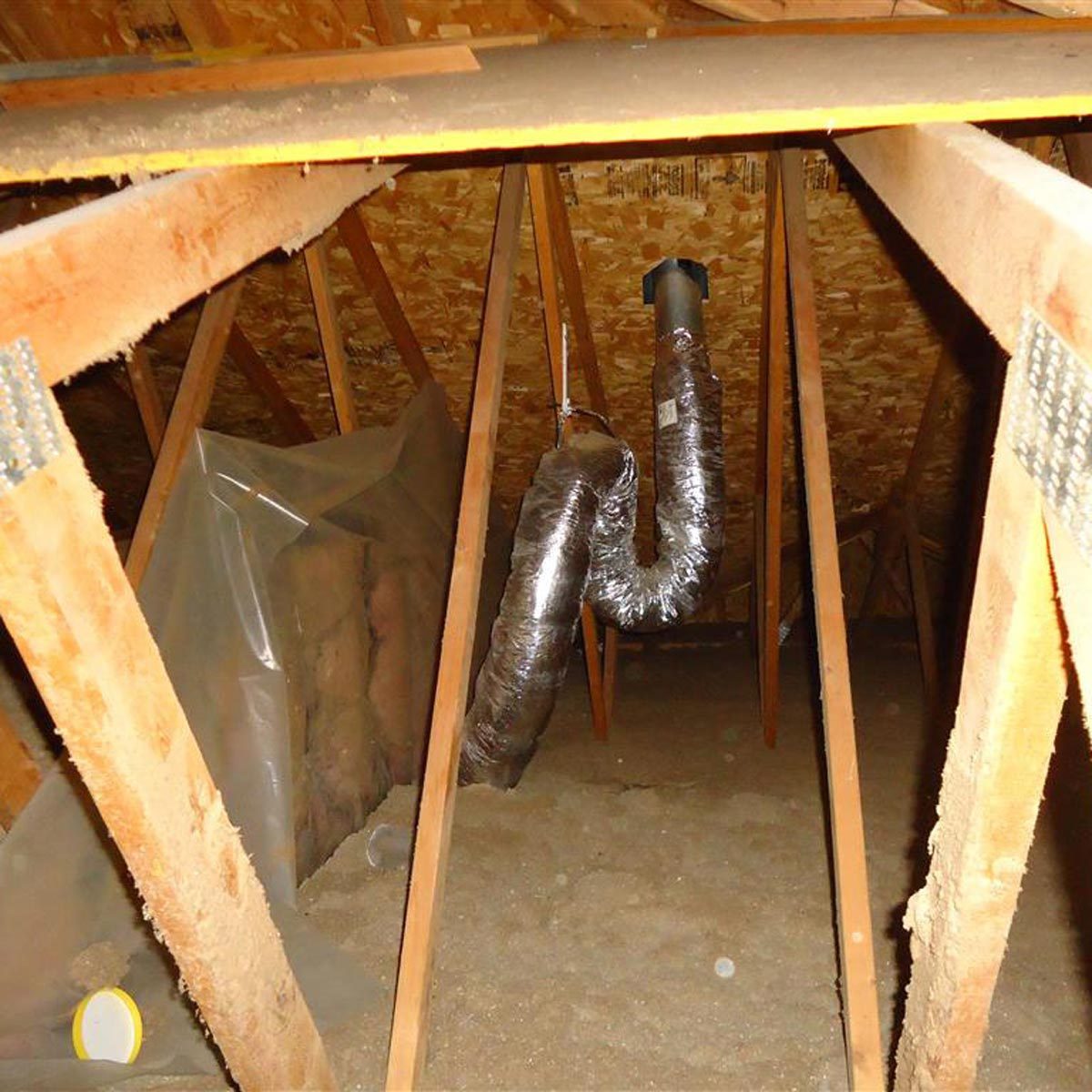
Kitchen exhaust vent routing fun
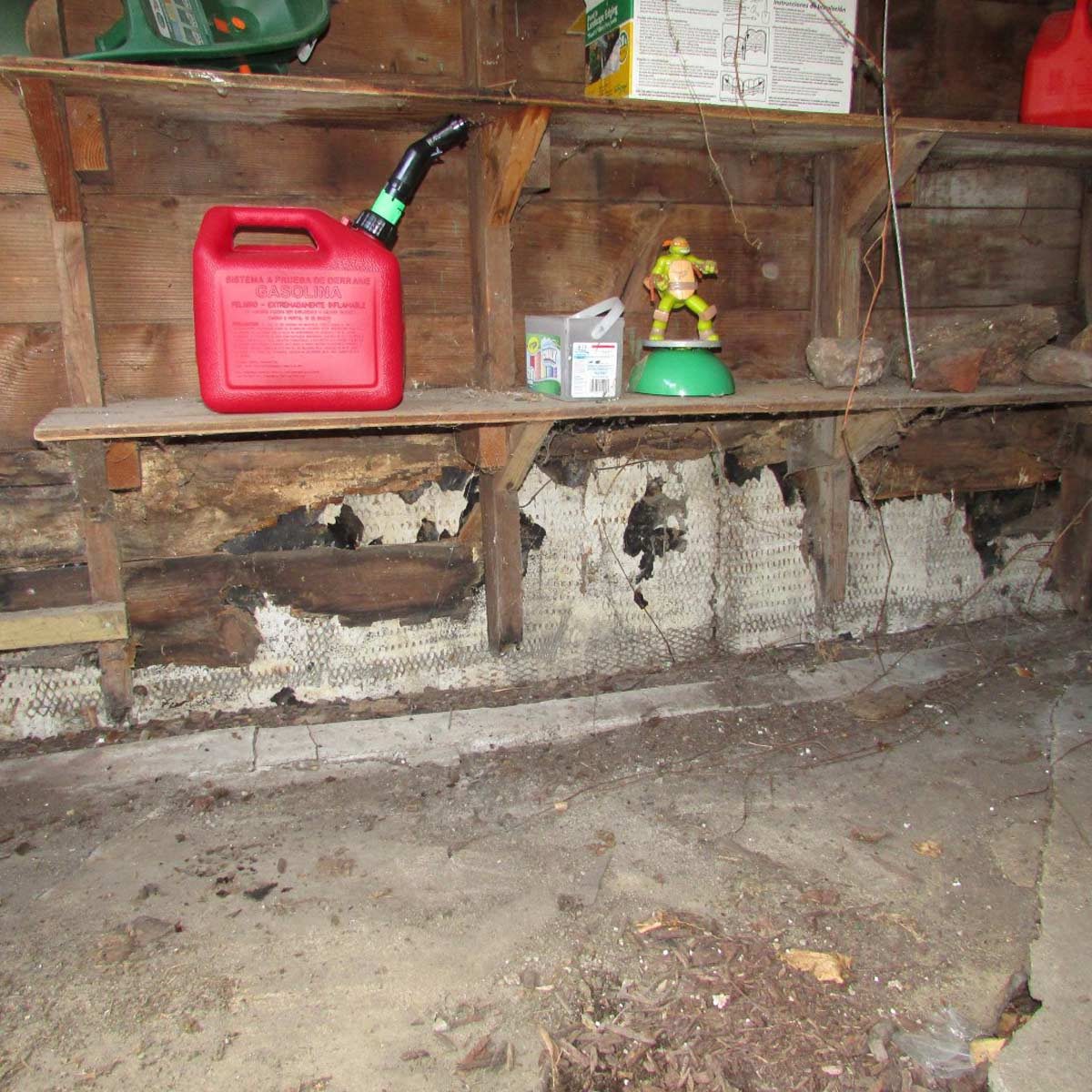
Structural stucco
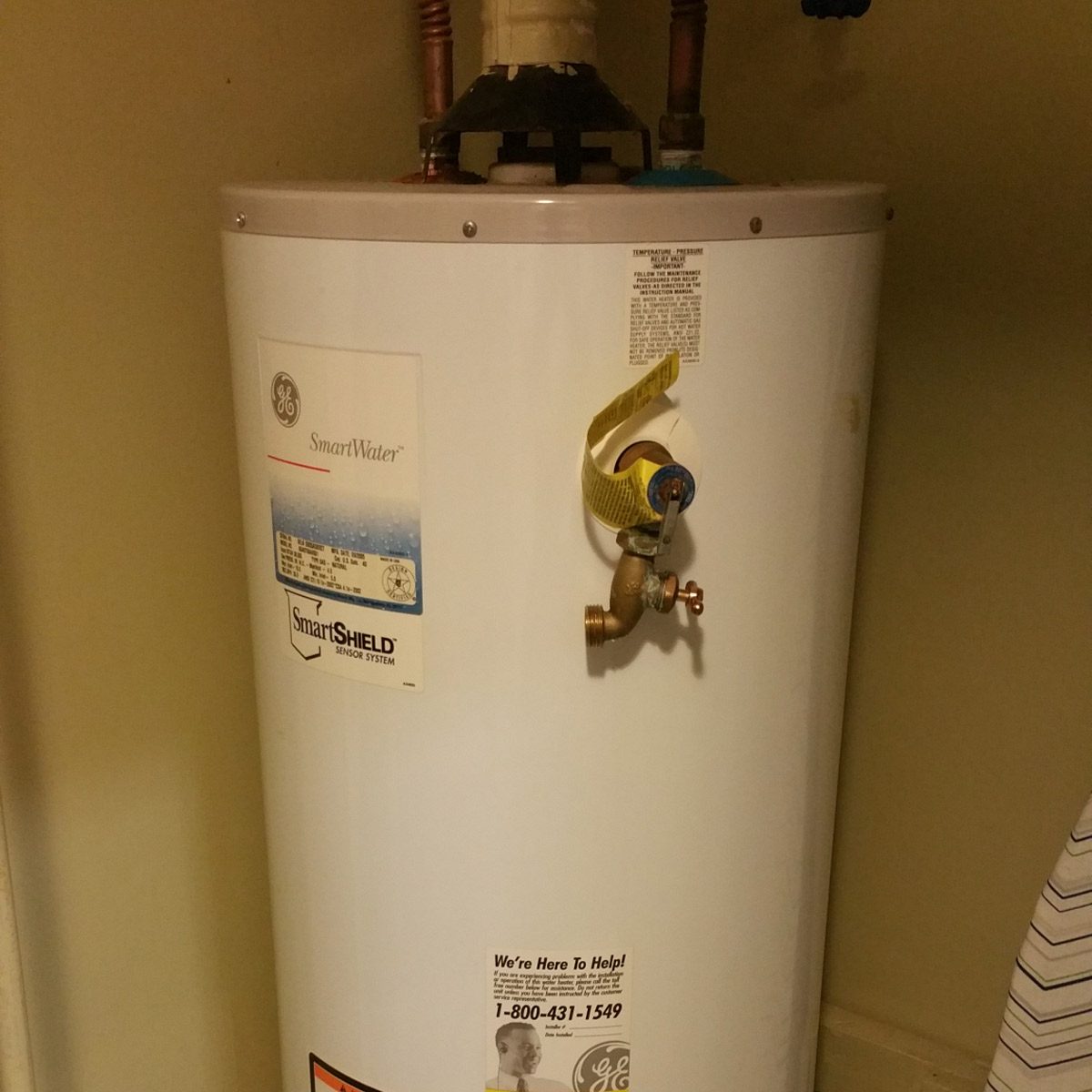
What's a TPR Valve?
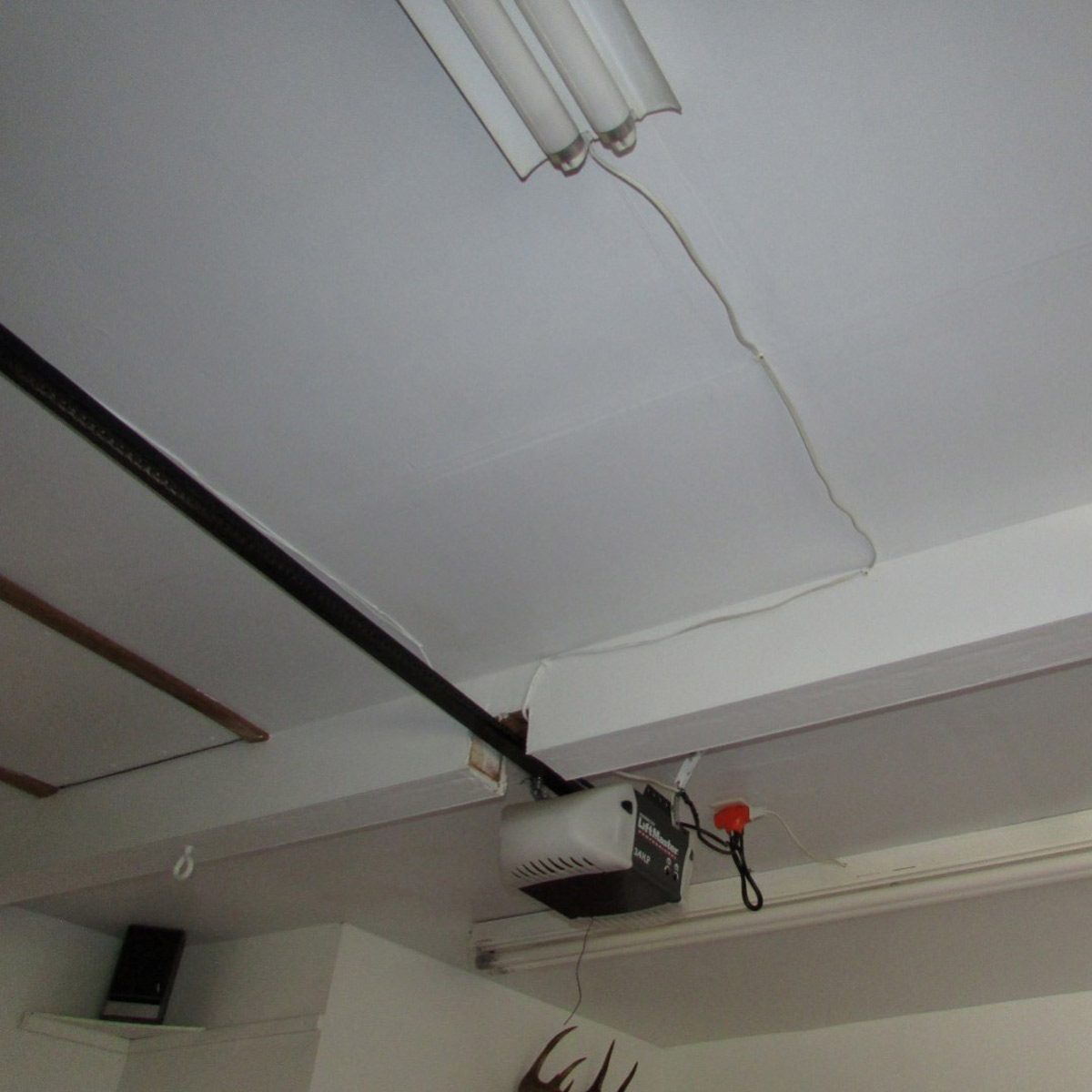
Just Make It Fit

Beam Through Chimney
Yup, that’s a beam going right through a chimney. We’re guessing/hoping the chimney isn’t in use anymore. You’d never find something like this inside the most expensive home in your state.
Photo: Via Structure Tech

Cable Through Fence
This one isn’t even funny. High voltage cables snaking through a fence reachable from the ground is death waiting to happen. Whoever this is please call the power company immediately!
Photo: Via Structure Tech

Missing Vent
If the guests don’t stay long in this home, the missing vent probably has something to do with it. Sewer gas is spilling into the home and here’s how to get rid of those incredibly nasty smells.
Photo: Via Structure Tech

Pegboard Soffit Covering
Good try on using pegboard for a soffit covering but pegboard isn’t equipped to handle the outdoors. It’s not rated for exterior use and it will sag in very short order. Keep the pegboard inside and see how to organize anything with it.
Photo: Via Structure Tech

A Hood Fan in a Far, Far Away Spot
This would work great if the stovetop was about two feet higher. The hood fan is far too far away from the range and can lead to a build up of smoke in the kitchen if you’re not careful. Make sure you’ve got these 11 tips included on your kitchen cleaning checklist.
Photo: Via Structure Tech
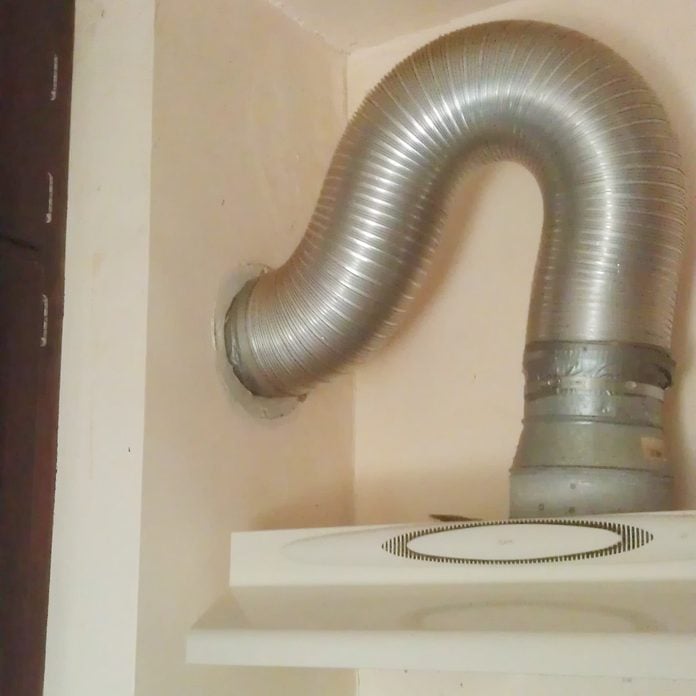
Kitchen Hood Vented Into Chimney
Don’t try to use your fireplace if you’ve got your kitchen hood vented to the chimney like this. The kitchen hood catches a lot of grease and add that to a chimney and you’ve got the potential for a grease fire that’ll be really tough to stop. That kind of grease fire is a hidden hazard, just like keeping batteries in the junk drawer, see why they’re a hazard.
Photo: Via Structure Tech
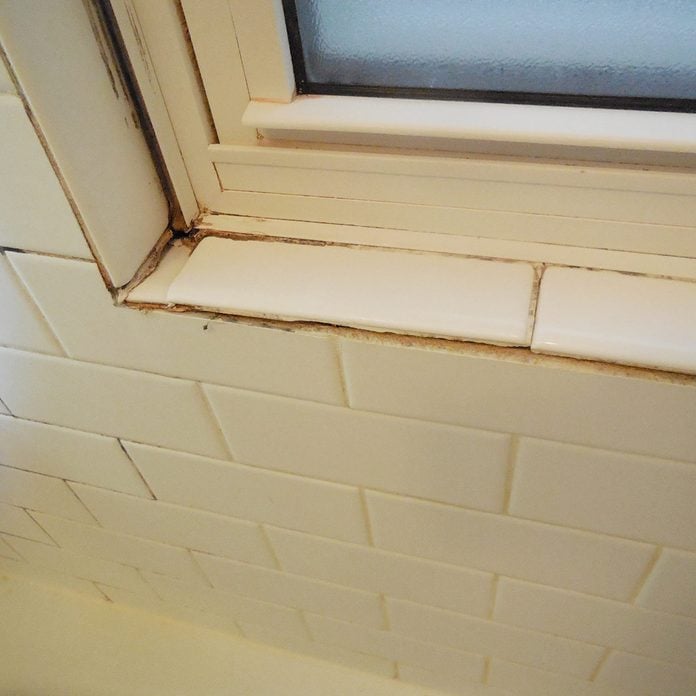
Leaking Wall
A leaking wall like this will turn into a complete bathroom remodel in a hurry. Check out how a bathroom remodel should go.
Photo: Via Structure Tech
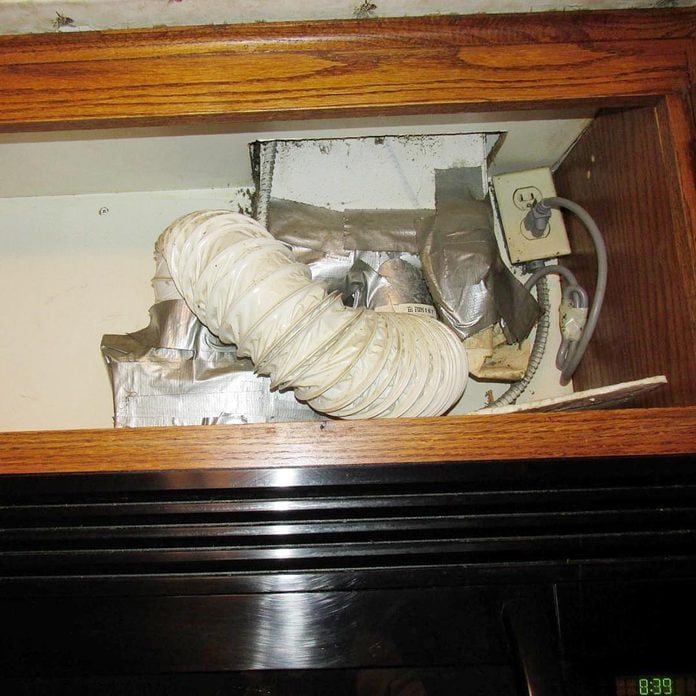
Plastic Corrugated Duct at Kitchen Hood
This rat’s nest of a kitchen hood duct is mostly duct tape and flex duct, which is terrible for handling any kind of heat. The flex duct is something that makes home inspectors shudder when they see it, just like these other home inspector horror stories.
Photo: Via Structure Tech
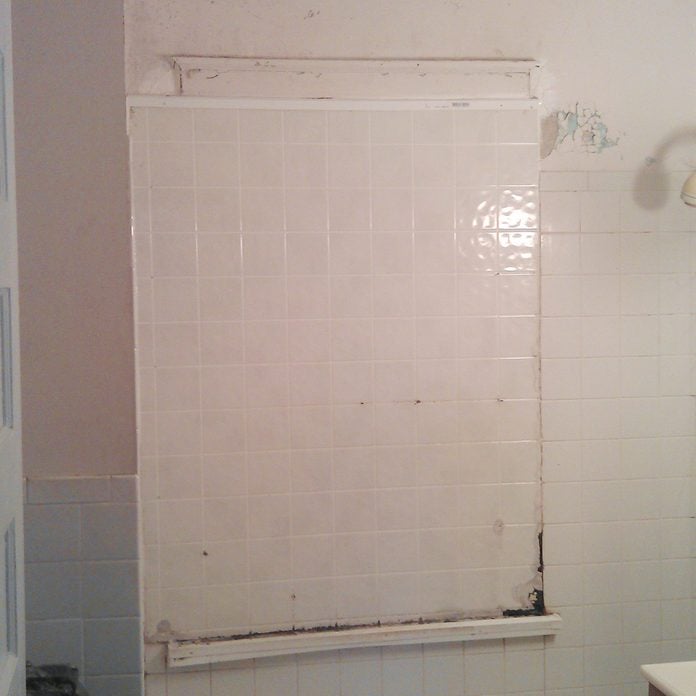
Rotted Shower Surround
Somebody didn’t make sure this shower surround was water tight when it went in. It looks like someone tried to use fake tile panel to cover up a window but it went woefully awry. Get started on a bathroom remodel that will make a huge difference in how big it feels.
Photo: Via Structure Tech

Wayward Exhaust
There must have been an addition put on this house at some point and someone forgot about the bath fan exhaust coming through. Otherwise it’s hard to imagine why the exhaust would terminate in such a a place.
Photo: Via Structure Tech

Drilled Dishwasher Drain
The quickest route between two points is a straight line, right? There’s already corrosion where the dishwasher drain got threaded into a cast iron fitting.
Photo: Via Structure Tech

Dishwasher Drain
Probably not the best spot to be running the dishwasher drain.
Photo: Via Structure Tech
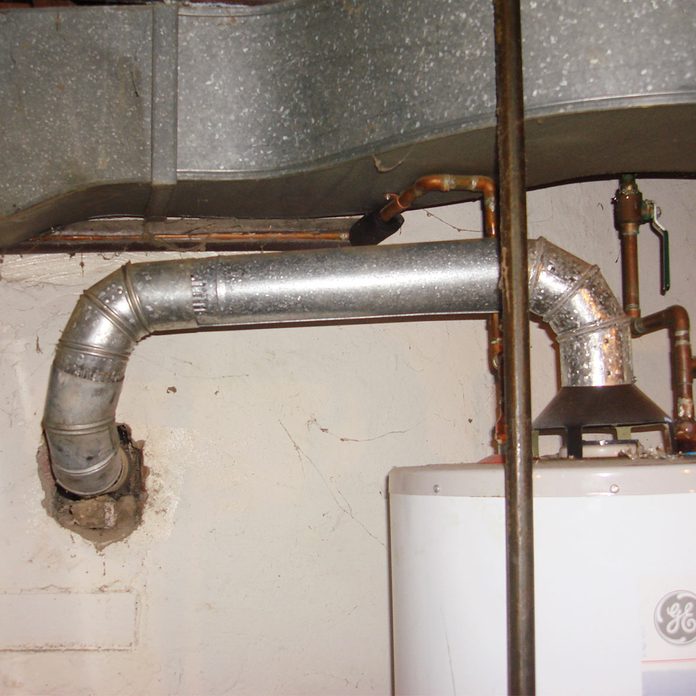
Dangerous Water Heater Vent
Hot air rises. And so do hot exhaust gases from a water heater. But if an exhaust vent slopes downward, as this one does, exhaust fumes containing poisonous carbon monoxide could leak into the house with potentially lethal consequences.
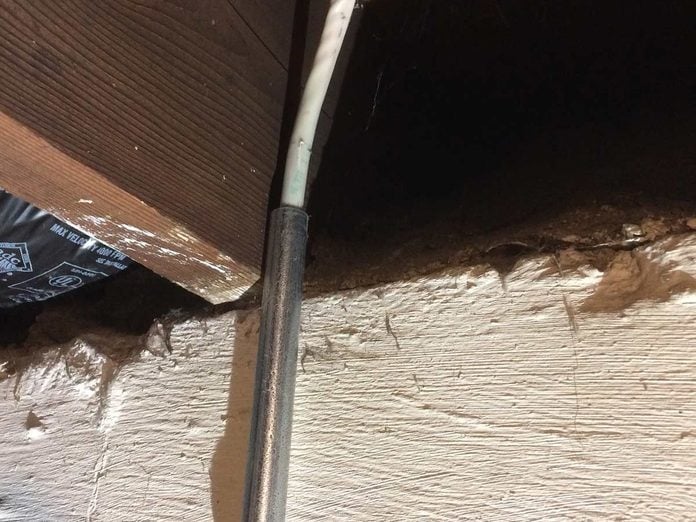
Uncovered Cable
Cable should never exit electrical conduit without protection from sharp edges. Eventually, small movements will scrape away the plastic insulation, resulting in a short or even a house fire.
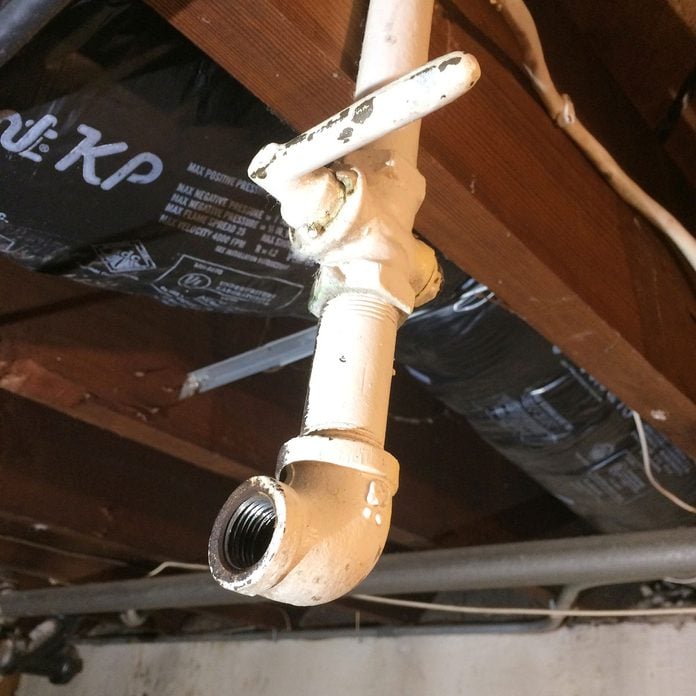
Natural Gas Faucet
Imagine this gas valve (shown at right) getting opened by mistake and filling the entire house with natural gas. Then imagine the house blowing to bits when that gas finds an ignition point like a pilot light or spark.